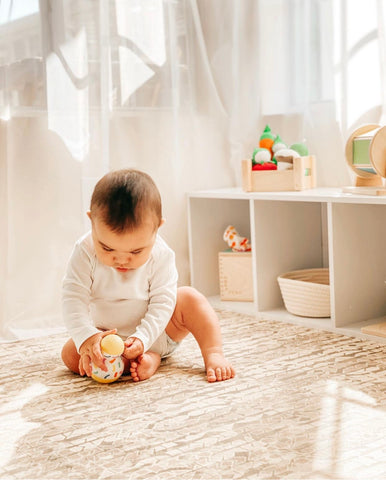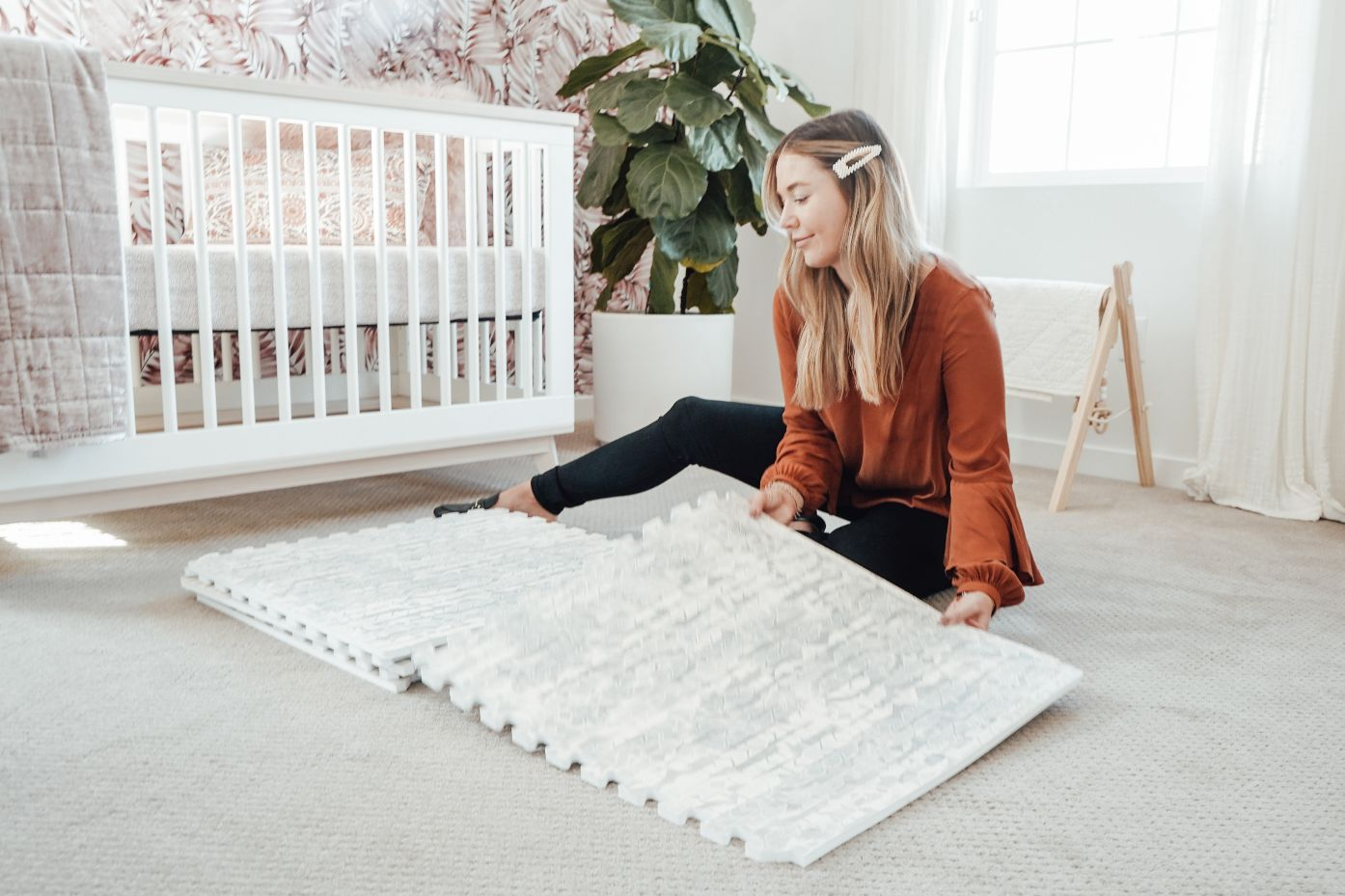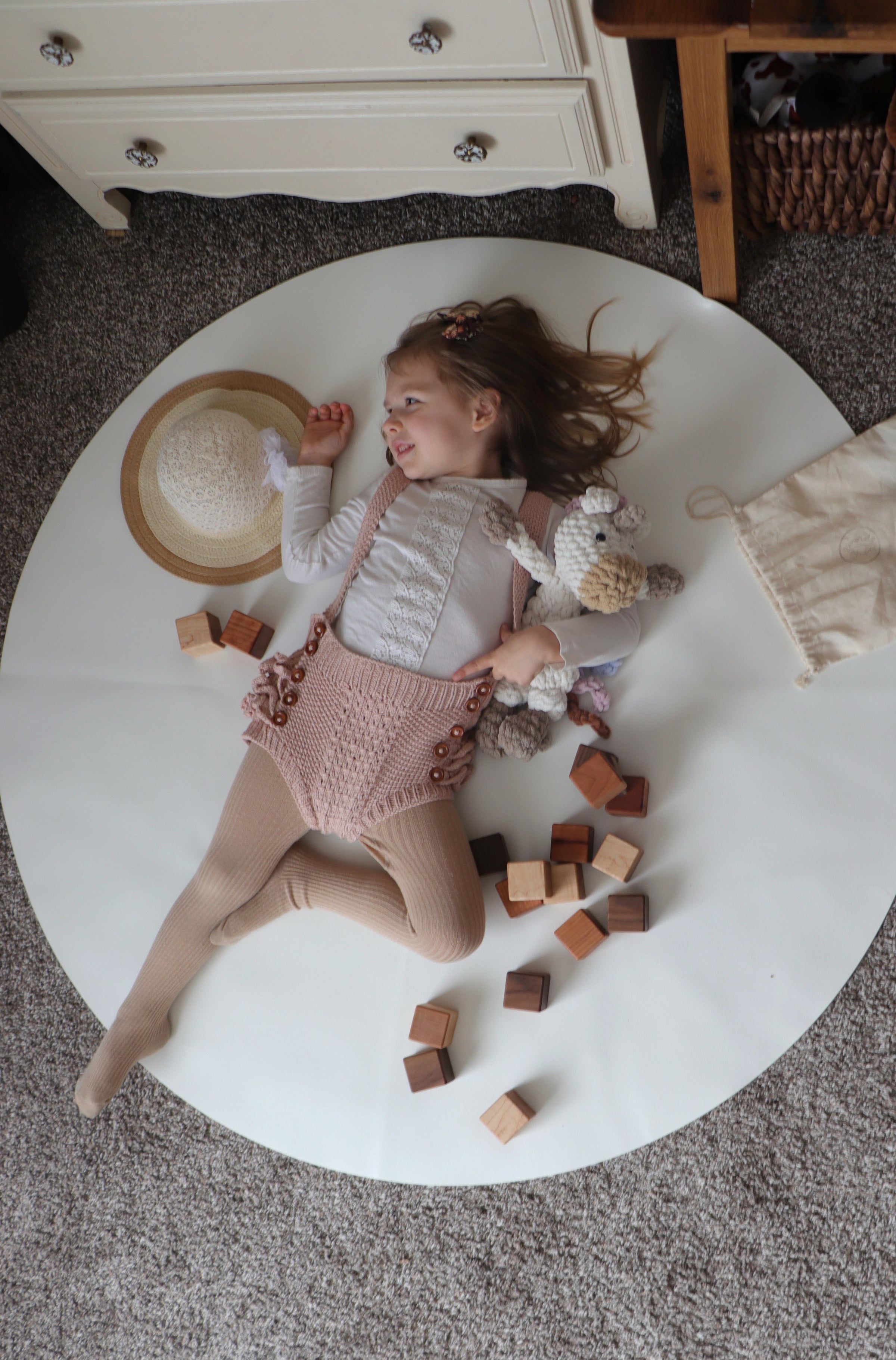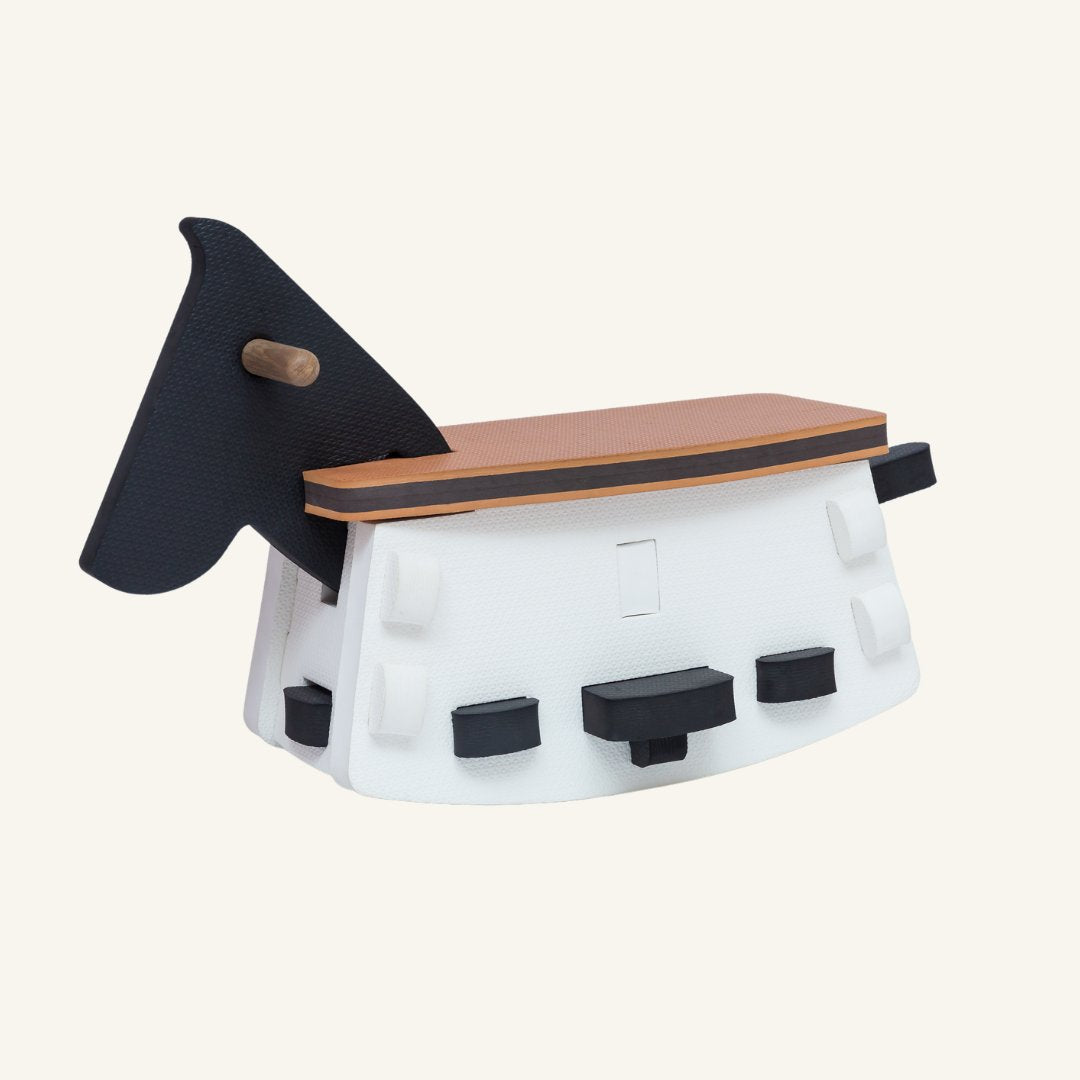How to Create a Cozy and Functional Play Space for Your Baby in Any Room

Creating a dedicated play space for your baby is about allocating a corner for toys and designing a nurturing environment. This space is where your child will learn, grow, and start to understand the world around them. It's important to make this space safe, inviting, and stimulating. In this blog post, we will guide you through creating a play space for your baby that can fit into any room of your home. Whether you live in a big house or a cozy apartment, we'll show you how to maximize your space. Our goal is to help you create a functional and enjoyable area for your little one.
Understanding Your Baby's Needs
The importance of a well-structured play area in a baby's development cannot be overstated. It's more than just a place for fun; it's a crucial part of their learning and growth. This area should be a blend of safety, stimulation, and comfort. Safety involves choosing non-toxic materials, ensuring age-appropriate toys, and baby-proofing the area. Stimulation comes from the variety of textures, colors, and shapes you include in their area. Comfort means creating a space that is not just physically comfortable with soft mats for floor play and pillows but also emotionally reassuring. Remember, a good play space will evolve with your child, accommodating their changing interests and abilities. It's not just about keeping them occupied; it's about supporting their developmental milestones through fun.

Choosing the Right Location for the Play Space for Your Baby
Selecting the ideal spot is a balance of safety, convenience, and integration into your daily life. The location should be easily observable, allowing you to watch your little one while you do your daily tasks. It could be a sunny corner of the living room, a nook in the nursery, or even a part of your kitchen. The key is to choose a spot free from hazards and enough room for your child to move around safely. It's also essential to consider the lighting and ventilation of the area. A well-lit, airy space is more conducive for learning. For those with limited space, think creatively about how to make the most of what you have. Sometimes, a small nook can be transformed into a perfect fun spot with clever organization and design.

Designing for Safety and Comfort
Designing a safe and comfortable area is paramount for your child's well-being. Safety starts with baby-proofing the entire place. Cover sharp corners, secure heavy furniture, and ensure all toys and materials are non-toxic and free from choking hazards. An essential aspect of safety and comfort is choosing the right floor covering. Like the Famokids play mat, a good play mat is an excellent example. These non-toxic mats provide a safe surface for your baby to crawl, sit, and play. Comfort is about creating a soft and welcoming space. The aesthetics are also important here. Use calming colors and patterns that are pleasing to the eye. It should be a space where children feel happy and are encouraged to explore.
Incorporating Educational and Stimulating Elements
The best play space for your baby blends fun with educational elements. Choose toys and activities that promote your child's cognitive and physical development. This might include sensory toys, building blocks, and age-appropriate puzzles. The key is providing various experiences that encourage exploration and learning. Educational toys don't always have to be expensive or sophisticated; sometimes, simple homemade toys can be just as effective. The arrangement of these elements is also important. Create distinct areas within that space for different activities – a cozy reading corner and a mat for tummy time. Remember to rotate toys regularly to keep your baby's interest and stimulate other areas of development.

Storage Solutions for Play Areas
Efficient storage solutions are crucial in maintaining an organized and safe play area. Having a place for everything is important to keep the space clutter-free and manageable. For parents with limited room, sometimes the best solution is to rotate toys and store some items off-site. In such cases, choosing a reliable storage company, like AmeriSafe Moving Services, can be incredibly helpful. They specialize in securely packing and storing items, ensuring the fun corner in your home remains spacious and uncluttered. Within the playroom, consider using baskets, bins, and shelves that are accessible to your child. This keeps the toys organized and teaches a lesson about tidying up after playtime. Choose storage options that are safe and easy for little hands to navigate.
Personalizing is a Must
Personalizing your baby's play space can make it more engaging and enjoyable for them. Add elements that reflect their personality and interests. This could be through vibrant colors, fun patterns, or themed decor. Incorporating sensory features like a textured rug, a soft foam play mat, or a musical mobile can also enrich their experience. Personalization isn't just about aesthetics; it's about creating an environment that resonates with your child. Use family photos, their favorite characters, or DIY decorations to make the space feel unique. Remember, this space allows your baby to feel secure, happy and stimulated. A personalized play area can be a powerful tool in fostering a sense of belonging and comfort for your children, encouraging them to spend more time playing and learning.
In conclusion, creating a play space for your baby is an enriching experience that benefits both you and your child. It's a project that combines the importance of playing and learning. Whether you have a large room or a small corner, there are endless possibilities for creating a space your baby will love. The key is to design an area that is safe, stimulating, and adaptable to your baby's growing needs. Remember, the best play area is one where your baby feels happy, secure, and stimulated. With thoughtful planning and a touch of creativity, you can create a wonderful play space in any room of your home.








Leave a comment